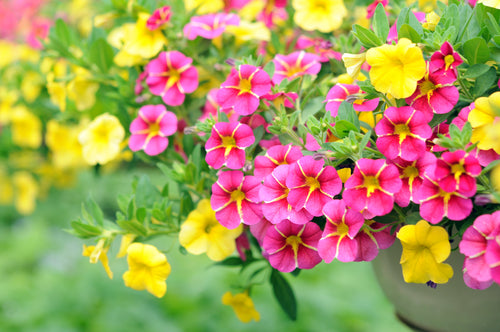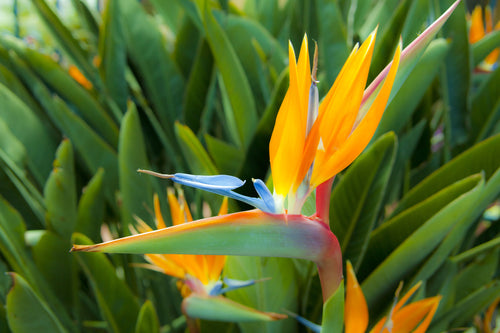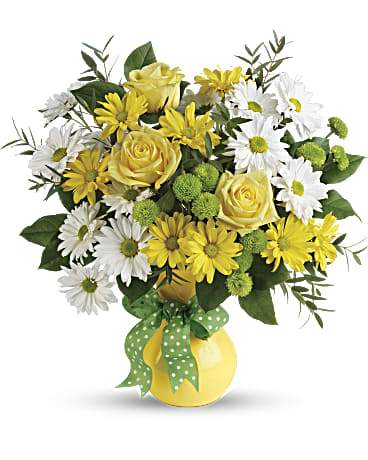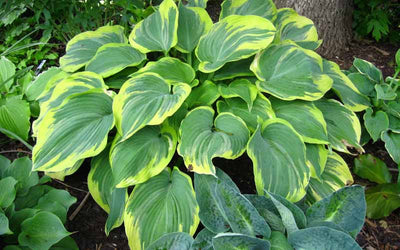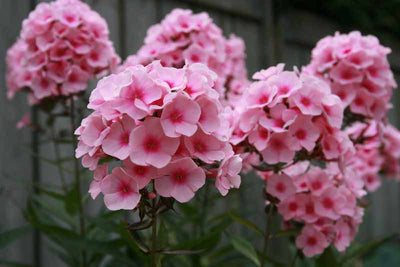Allium
Family: Liliaceace (Alliaceae)
Common Name: Allium or Ornamental Onion
Ever wonder what those wild looking purple globe flowers attached to a long stem are? They’re Alliums, a real favorite of our customers. Netherland Bulb Company supplies us with a wide variety Of Alliums which arrive with our shipments of spring flowering bulbs (tulips, daffodils, etc.). Eleven species are now available in our Garden Center.
Facts about Alliums
- Onions were used extensively by the ancient Egyptians, as shown by drawings and inscriptions on their monuments.
- The wide use of alliums as ornamental plants is a more recent phenomenon, first gaining favor about the middle of the 19th century.
- Onions are among the world's oldest cultivated plants. They were probably known in India, China, and the Middle East before recorded history. Ancient Egyptians regarded the spherical bulb as a symbol of the universe.
Origins
Many hundreds of Allium species exist, but only a modest few have made a name for themselves as garden plants. The genus, Allium also includes important plants used for human consumption such as onions, leeks, shallots, and the familiar cooking herb, chives. The natural distribution of these species is limited to the temperate regions of Europe, Asia and the Middle East. The ornamental onions distinguish themselves by their great diversity in color, inflorescence and flowering height. Many species bloom in early summer, just after the spring flowering period and just before the exuberant full bloom of summer. When slightly bruised the bulbs, leaves and stems of these plants give off a definite onion scent. Although this has been considered a problem when using ornamental onions as cut flowers, the odor quickly disperses after the stems have been immersed in water for a few moments. Naturally, only the tall and middle-tall species are used as cut flowers. Several species require a bit of special treatment, but will remain beautiful for a long time, even as dried flowers. All species can be used in a border. Certain small species are just perfect for a rock garden, and several lend themselves to naturalizing.
Cultivation Requirements
All species require well drained soil. A sunny habit is best for most species, but a few also grow beautifully in full or partial shade. If your soil is heavy clay add Back to Nature’s Acidified Cotton Burr Compost at the rate of 1 bag per 4 sq. ft. Work the compost into the soil as deeply as possible (1 foot at the minimum). Measure the length of the bulb. This measurement will determine the depth of the planting. You will need to plant the bulb 3 to 4 times this measurement. If you have a 1 inch bulb then the bulb will be covered with 3 to 4 inches of soil. Add some Dr. Earth Organic 1 Bulb Food per instructions on the bag. Water the planting area before pulling the soil over the Alliums. Back fill the planting area and then water again. Finally mulch the planted area to keep the soil moist.
Alliums put unusual highlight to your perennial gardens. The weather finally is perfect for planting spring bulbs. Let’s get growing!





